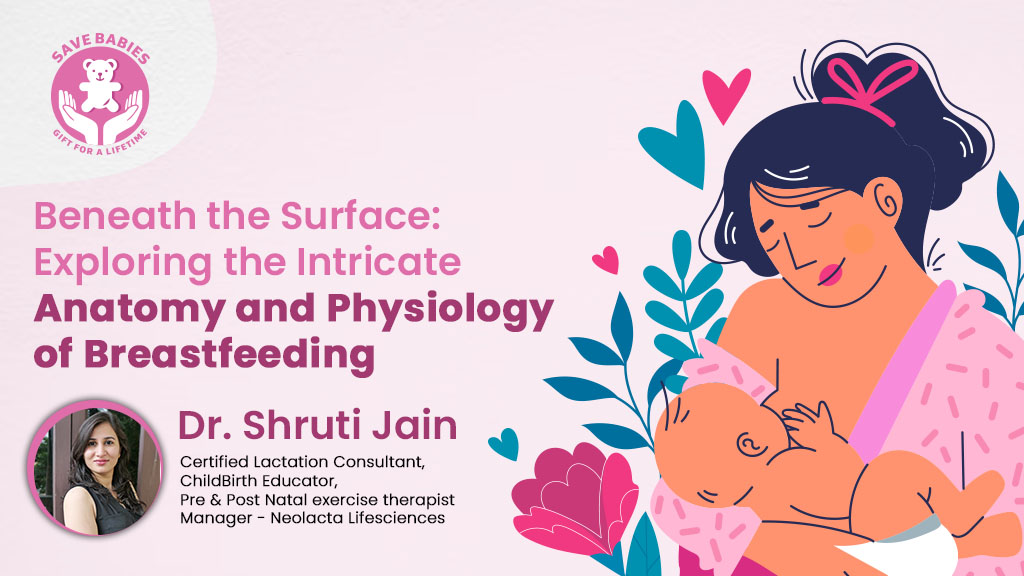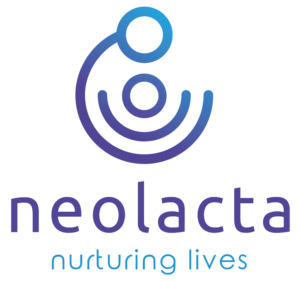Breastfeeding, often described as the most natural act, is underpinned by a complex interplay of anatomy and physiology. Understanding the science behind this remarkable process is crucial for both expectant and new mothers. In this blog, we delve into the intricate world of breastfeeding, from the anatomy of the breast to the hormones and physiological processes that make it all happen.
The Anatomy of Breastfeeding
1. Mammary Glands:
The mammary glands, or milk-producing glands, are the core components of the breast responsible for milk production. They are clusters of tiny sacs called alveoli, where milk is synthesized.
2. Milk Ducts:
Milk ducts are small tubes that transport milk from the alveoli to the nipple. They form a network that converges at the nipple. When a baby suckles, these ducts carry milk from the alveoli to the baby’s mouth.
3. Nipple:
The nipple is the raised, central part of the breast, through which milk is delivered to the baby. It contains small openings where milk ducts exit. Nipple sensitivity and stimulation are key factors in breastfeeding.
4. Areola:
The areola is the darker-coloured area surrounding the nipple. It contains small bumps known as Montgomery glands, which secrete an oily substance that lubricates and protects the nipple during breastfeeding. The areola serves as a tactile guide for the baby, helping them locate and latch onto the breast.
5. Adipose Tissue:
The breast is surrounded by adipose tissue, which provides insulation, protection, and support for the mammary glands. The amount of adipose tissue in the breast varies from person to person and can influence breast size.
6. Cooper’s Ligaments:
Cooper’s ligaments are fibrous bands that provide structural support to the breast tissue. They help maintain the breast’s shape and prevent sagging.
7. Blood Supply and Lymphatics:
The breast is richly vascularized, receiving blood supply from arteries. Lymphatic vessels drain excess fluid from the breast tissue and play a role in the body’s immune system.
8. Nerves:
The breast is well-supplied with sensory nerves, contributing to nipple sensitivity and the experience of breastfeeding.
9. Lobes:
The breast is divided into lobes, each containing its own set of milk-producing alveoli. These lobes are connected by milk ducts and contribute to the overall milk-producing capacity of the breast.
Understanding the intricate anatomy of the breast is vital for effective breastfeeding. A successful latch and milk transfer depend on proper positioning, nipple stimulation, and milk ejection. Nurturing this complex network of mammary glands, ducts, and supporting structures enables mothers to provide their babies with the essential nourishment and comfort that breastfeeding offers.
Hormones and Milk Production
Prolactin
This hormone, often dubbed the “mothering hormone,” is responsible for milk production. When the baby latches and suckles, prolactin levels rise, signaling the body to produce milk.
Oxytocin
The “love hormone” oxytocin plays a vital role in the milk ejection reflex, also known as the “let-down” reflex. It causes the muscles surrounding the alveoli to contract, pushing milk through the ducts and into the nipple for the baby to feed.
The Process of Milk Production
Colostrum
In the initial days after birth, mothers produce colostrum, often referred to as “liquid gold.” It’s a concentrated form of milk packed with essential antibodies and nutrients to protect and nourish the newborn.
Transition to Mature Milk
Around the third to fifth day post-birth, colostrum transitions into mature milk. This milk is thinner and contains higher levels of fat, carbohydrates, and protein to support the baby’s growth.
Scheduled and On-Demand Feeding
Breast milk production operates on a supply-and-demand system. The more the baby feeds, the more milk the mother’s body produces. This system allows for flexible feeding schedules tailored to the baby’s needs.
Breastmilk demand and supply is a fascinating and intricate process. When a baby feeds at the breast, the act of suckling stimulates milk ejection and tells the mother’s body to produce more milk. The frequency and effectiveness of nursing sessions directly impact the milk supply. In response to an increase in demand, the body works diligently to meet it, producing more milk to nourish the growing infant. This supply and demand relationship is a remarkable example of nature’s efficiency, ensuring that a mother’s milk production aligns perfectly with her baby’s needs, ultimately nurturing the child and supporting their growth and development.
The Success of Breastfeeding
Baby’s Latch
A proper latch is crucial for successful breastfeeding. It ensures the baby can effectively extract milk from the breast.
Skin-to-Skin Contact
Early skin-to-skin contact with the baby can stimulate hormones that promote bonding and milk production.
Positioning
Finding comfortable positions for both mother and baby is essential. This minimizes discomfort and encourages more productive feeds.
In conclusion, breastfeeding is not just a simple act of feeding; it’s a beautifully orchestrated symphony of anatomy and hormones. Understanding this intricate process can empower mothers, leading to a more successful and fulfilling breastfeeding journey. By delving beneath the surface, we can appreciate the complexity and beauty of breastfeeding, nurturing both baby and mother.
References
- Vishnu Kamath. The Breasts. Teach me Anatomy. https://teachmeanatomy.info/thorax/organs/breasts/ Updated February 7, 2022. Accessed on November 4, 2023.
- Dykes F. ‘Supply’ and ‘demand’: breastfeeding as labour. Soc Sci Med. 2005;60(10):2283-2293. doi:10.1016/j.socscimed.2004.10.002
- Daly SE, Hartmann PE. Infant demand and milk supply. Part 1: Infant demand and milk production in lactating women. J Hum Lact. 1995;11(1):21-26. doi:10.1177/089033449501100119




